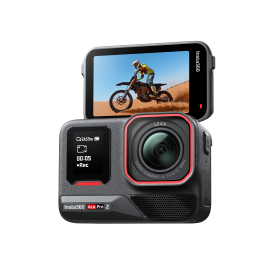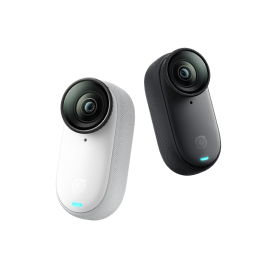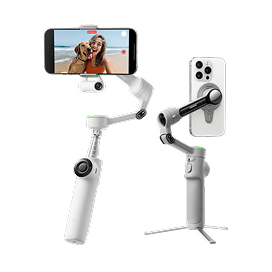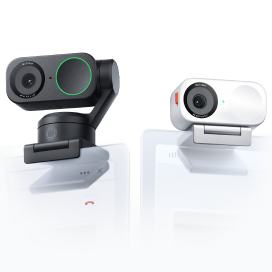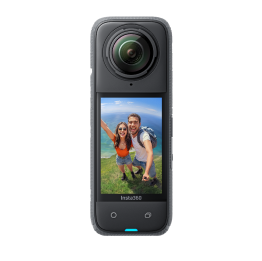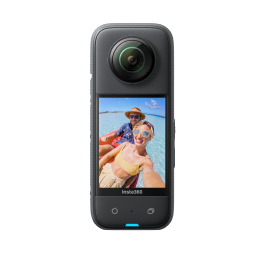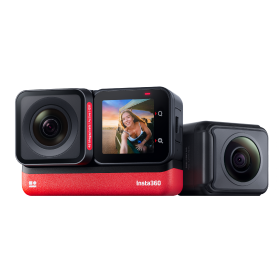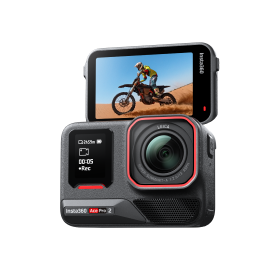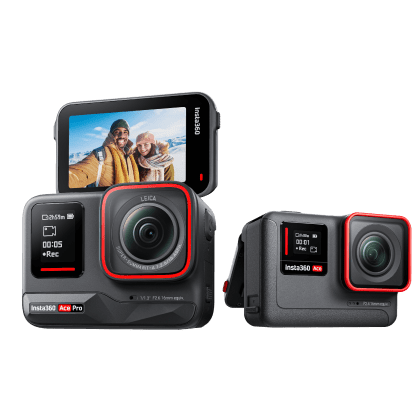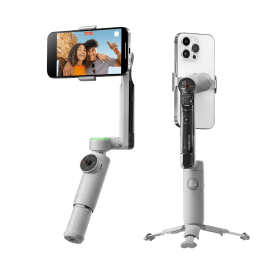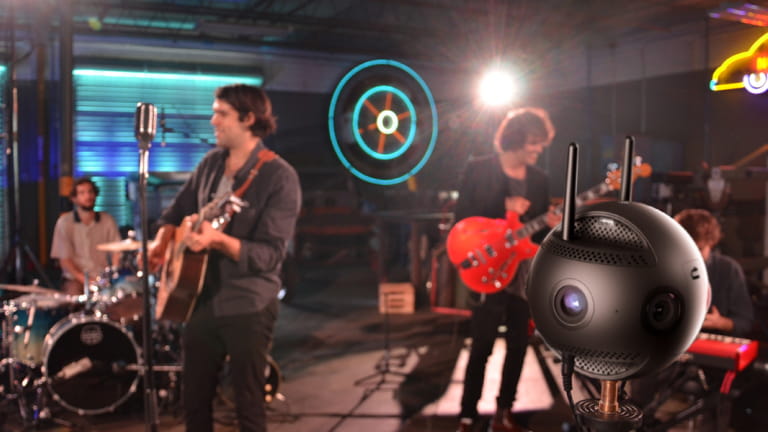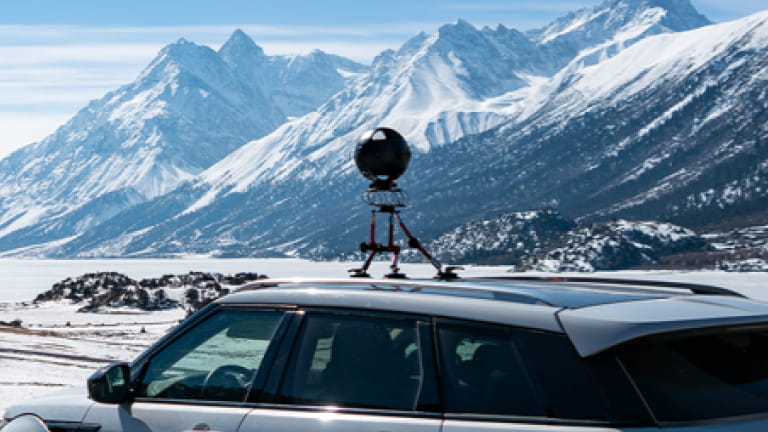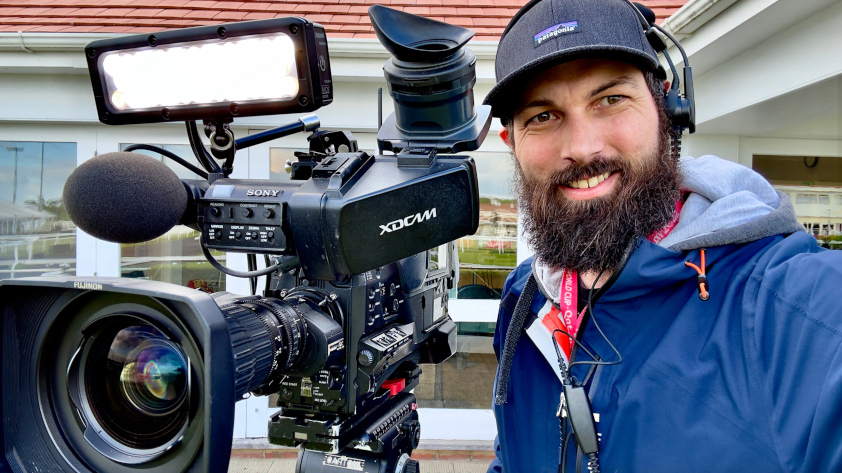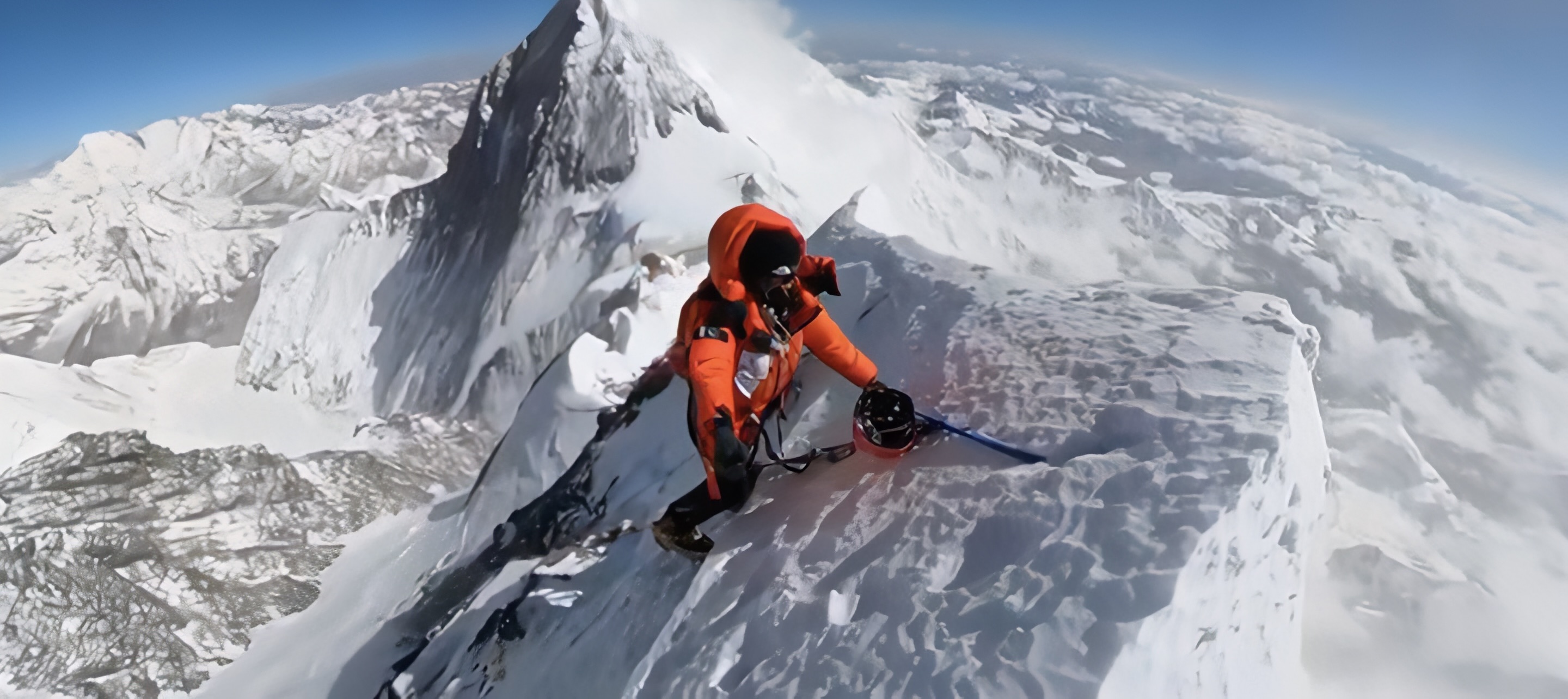Ever seen a plane flying below you at 800 km/h? Ever seen the shadow of an eclipse over the Earth? The Dorothy Project, formed of artists with a passion for space and science, has, and they share this incredible footage with the world. But their mission goes deeper than just posting out-of-this-world shots.
Sending their module, Dorothy, into the stratosphere, it films planet Earth and its dramatic environmental transformations from a whole new perspective. Strapped to Dorothy are no less than Insta360's 360º cameras, capturing immense footage of outer space and our habitat. The goal? To create an immersive 360º VR environmental documentary about humanity and the environment.
We sat down with Mathieu Baptista, the leader and founder of The Dorothy Project, to learn more about the VR 360º documentary, how he uses Insta360 cameras and why the need to raise ecological awareness is more important than ever.
What is the Dorothy Project?
The Dorothy Project is an environmental documentary film project that has been in research and development since 2017. We send latex balloons equipped with 360° cameras into the stratosphere to gain perspective on our habitat, planet Earth. Through virtual reality experiences, we try to trigger the "overview effect" on viewers and aim to poetically awaken their ecological awareness and encourage reflection on our place in the universe.
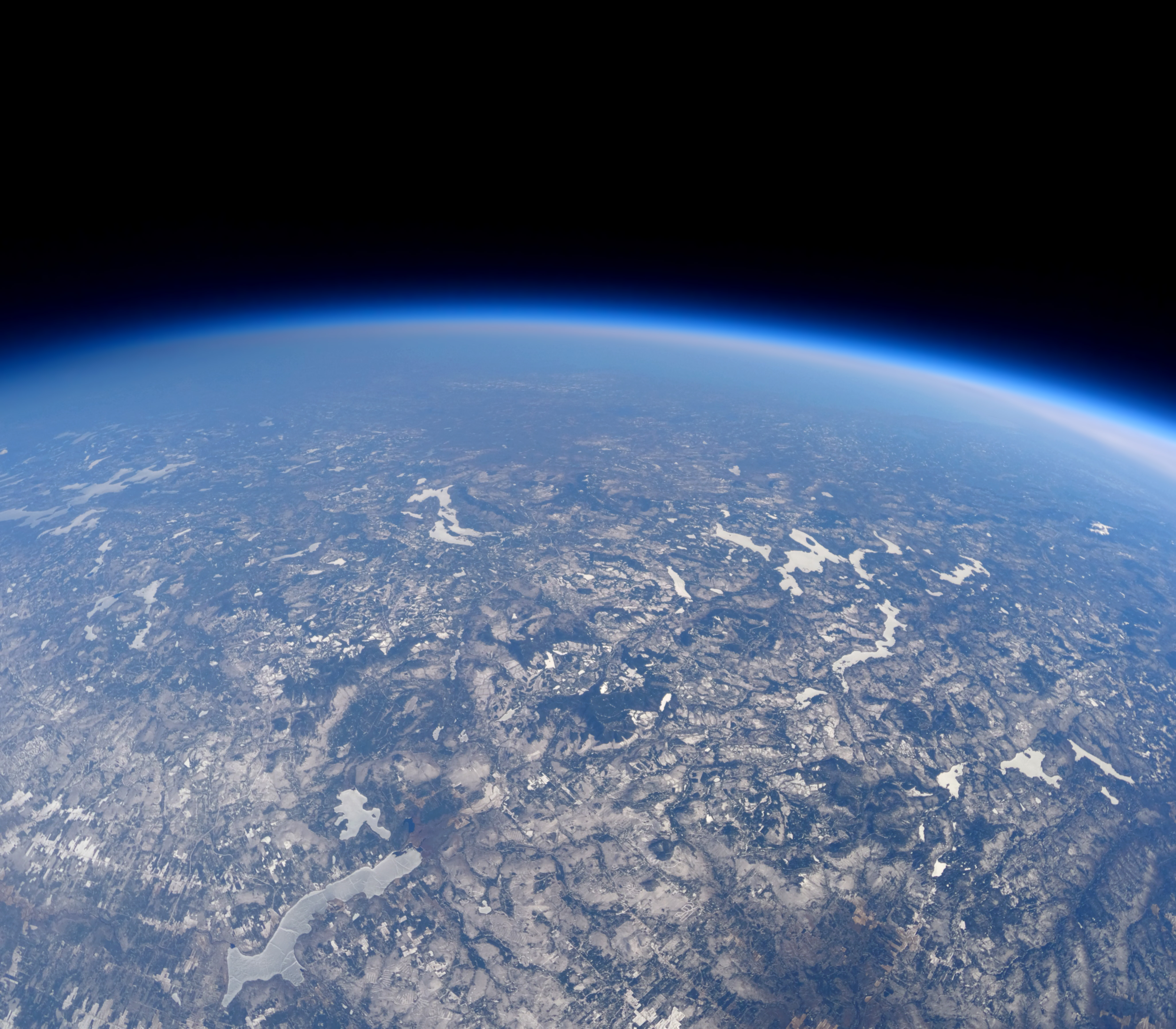
When did the project start?
The project started in August 2017 when we tried to capture the total solar eclipse that crossed the American continent from the stratosphere. We built the first version of our module, "Dorothy," for that mission. This year, we launched version 7 for Mission Umbra.
.jpg)
What is the main goal of the Dorothy Project?
The main goal is to trigger "the overview effect" on people and allow them to experience what astronauts feel when they travel to space.
The overview effect is a cognitive shift in awareness reported by some astronauts during spaceflight, often while viewing the Earth from outer space. It is the experience of seeing the reality of the Earth in space firsthand, which is immediately understood to be a tiny, fragile ball of life, "hanging in the void", shielded and nourished by a paper-thin atmosphere.
External observers have noted significant changes in attitude among people who have reported experiencing this effect. From space, national boundaries vanish, the conflicts dividing people become less important, and the need to create a planetary society with a united will to protect this "pale blue dot" becomes obvious and imperative.
Why is this project important?
This project is important because it offers a brief pause in our lives, inviting us to meditate on our place in the universe. This symbolic moment majestically reveals our vulnerability, dependence on the natural world, and our fragile habitat, planet Earth.
The Dorothy Project's philosophy is firmly anchored in these fundamental values. This film is the perfect opportunity to remind us that we only have one planet and must take care of it.
Using a virtual reality headset, we enhance the human experience, generating a change in behavior. As an artistic medium, the film questions spectators about human behavior and encourages reflection on the symbiotic links we have with nature, the planet, and our place in the universe. This new perception of the world will fuel people's interest in science and scientific research, helping to predict or explain the natural phenomena that govern our planet and develop solutions to reduce the negative impact on our habitat.
How high up do the Insta360 cameras go?
Our module "Dorothy" is an ultra-light capsule equipped with several 360 cameras, GPS, APRS radio transmitter and the onboard computer. The capsule is attached to a 2-meter latex balloon filled with hydrogen.
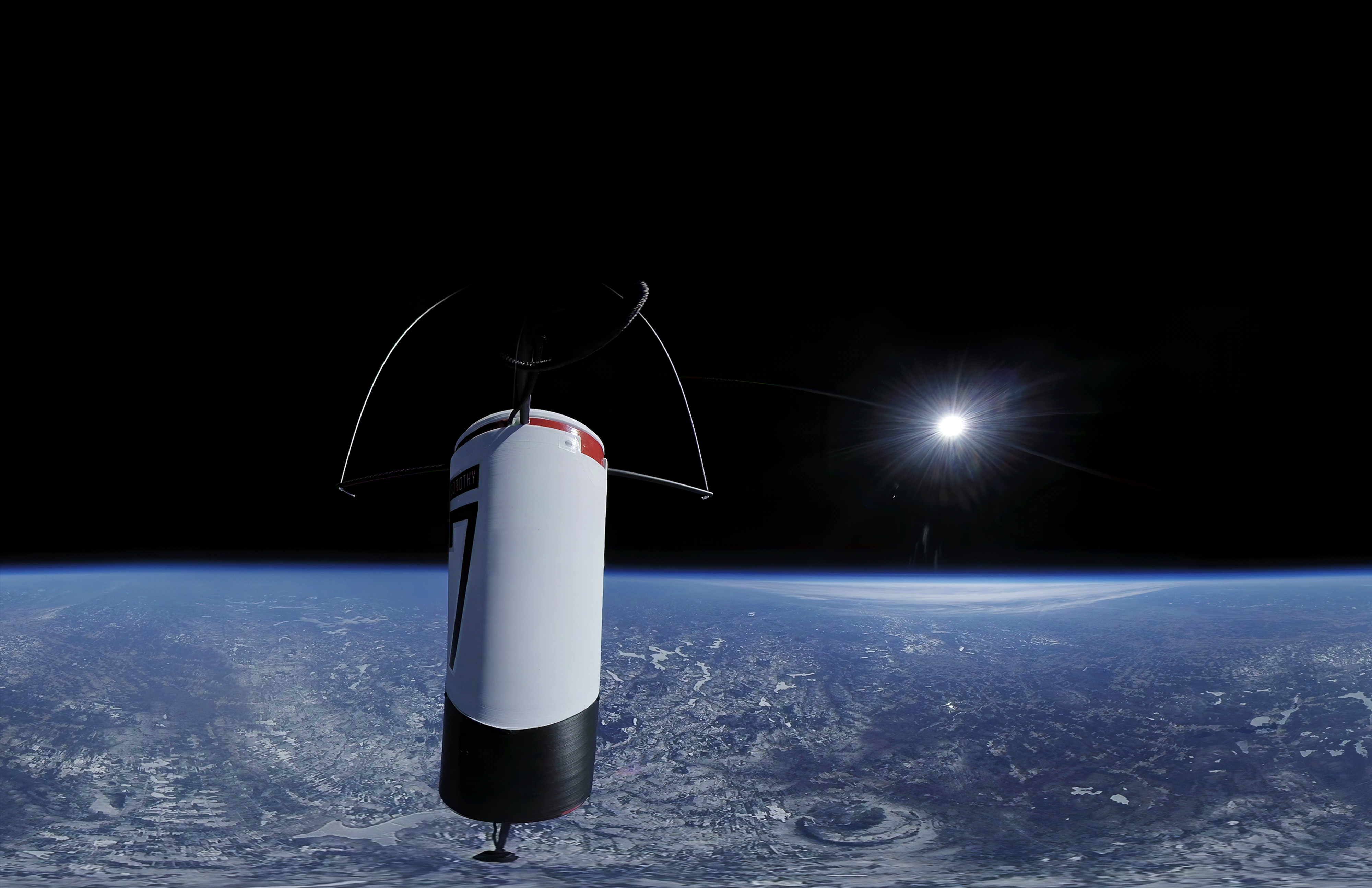
The capsule reaches altitudes between 30km and 40km (the stratosphere) and records 360° images of our planet, close to space. At this height, we can see the Earth's curvature and space's deep black nature. For comparison, a commercial flight navigates at an average altitude of 10km.
How do you mount the Insta360 cameras?
The cameras are mounted on the module with 3D-printed custom-made attachments. We mount up to 4 cameras on each flight to capture different angles and specific events, like the burst of the balloon in slow motion.
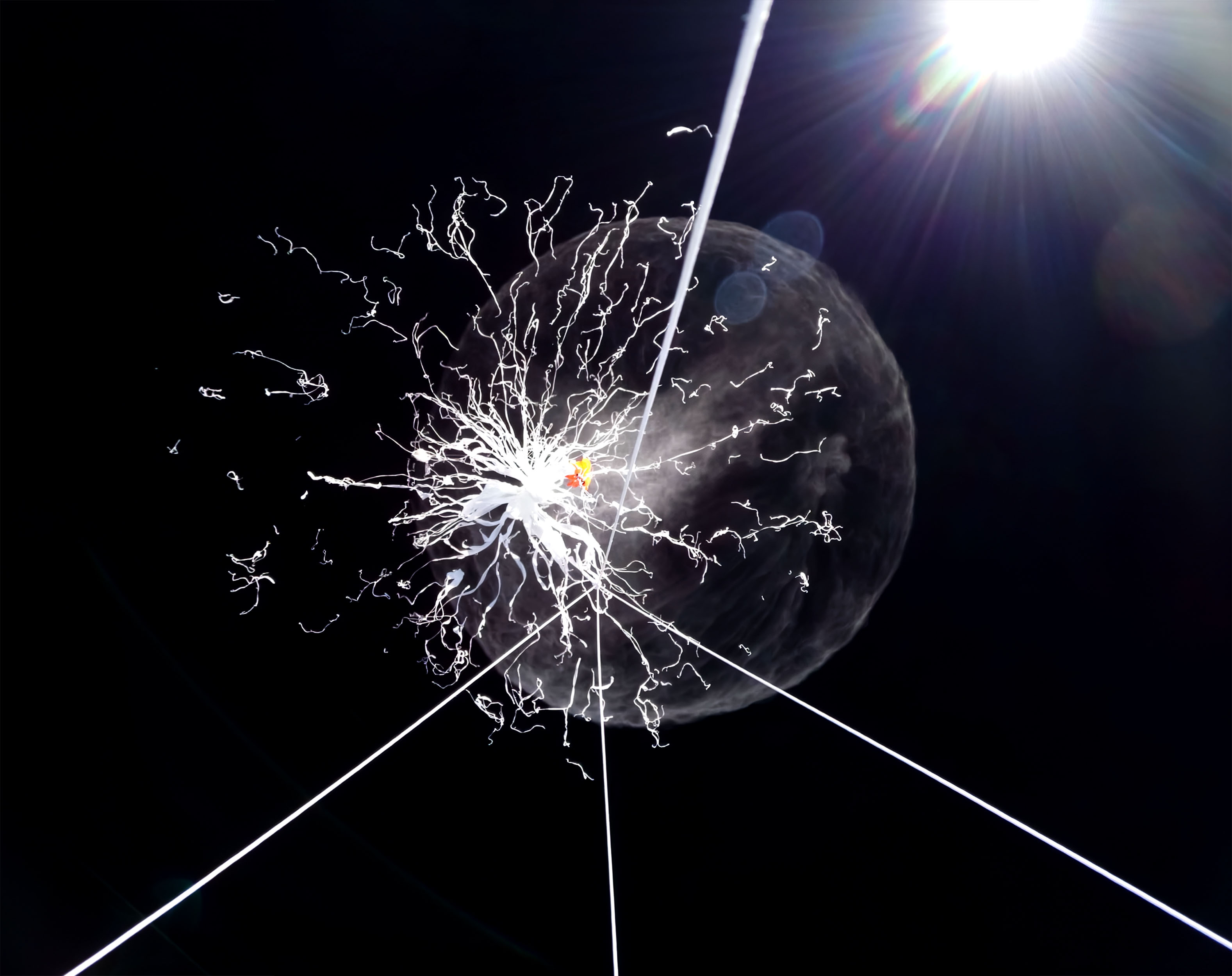
How do you retrieve the footage?
We have different independent systems to retrieve the footage. The APRS radio transmitter collects several data types: temperature, acceleration, position, and altitude. The GPS allows us to follow the exact position of the capsule during the two hours of flight and recover the precious images after landing.
The technical challenges consisted of designing an effective stabilization system for the capsule and protecting the camera from extreme colds at high altitudes (-58ºF/-50°C). Most parts are custom-made to be as light as possible.
How do Insta360 cameras help the Dorothy Project?
Insta360 cameras, like RS 1-Inch 360, help us to create incredible VR experiences at the edge of space. Since the beginning of the project, thousands of people have experienced it in VR headsets, and the quality of the images has blown them away.
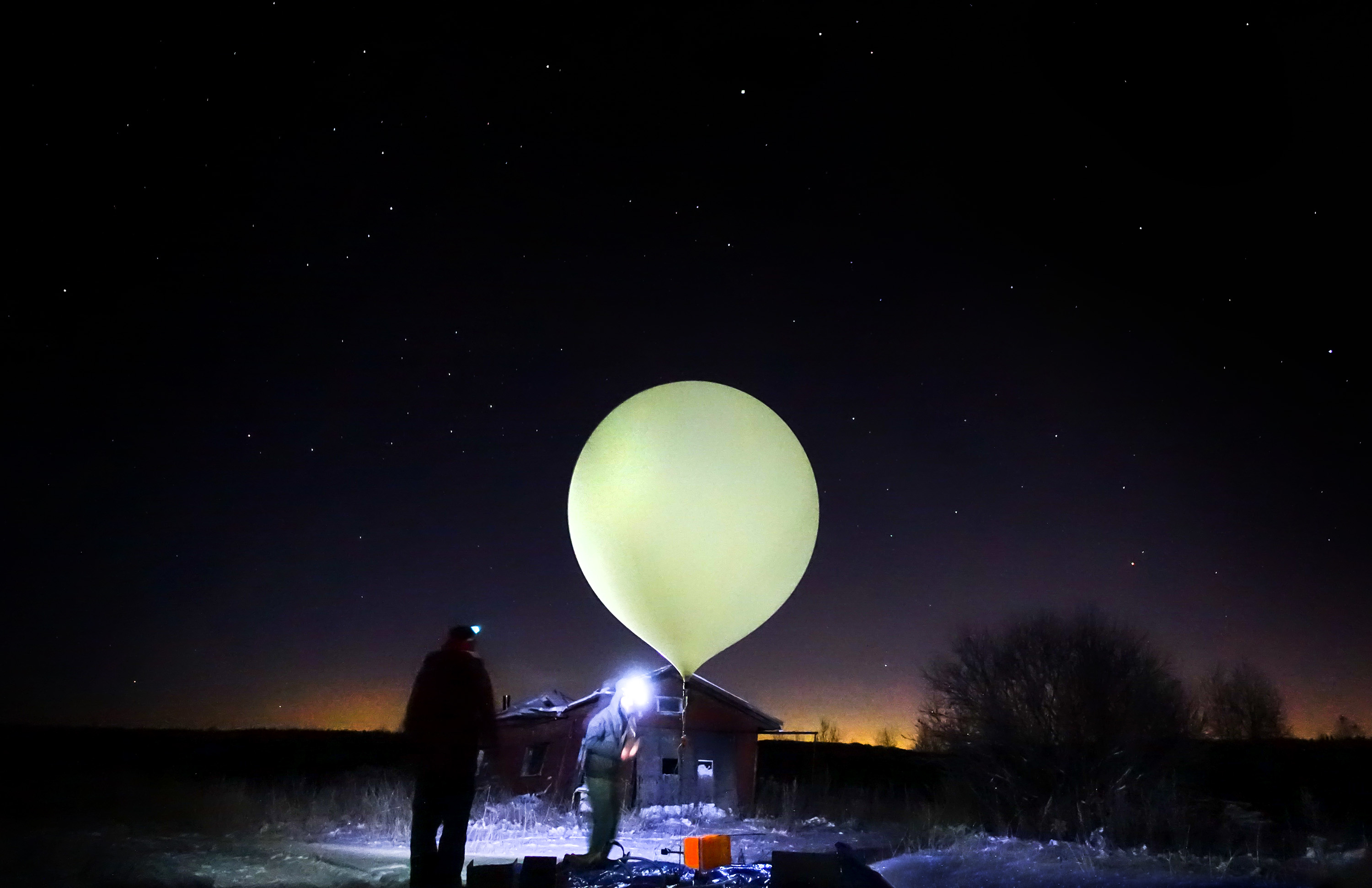
Why did you decide to use Insta360 cameras?
We decided to use Insta360 cameras after the ONE X was released. It was the best choice for our mission. The camera was light, robust, and affordable, and Insta360 Studio did all the stitching for us.
Are there any features of Insta360 cameras that are particularly useful?
There are many useful features on Insta360 cameras, but the main one is the gyroscope. During our ascent in the stratosphere, the module goes through turbulence and strong winds, and the gyroscope helps us to stabilize and lock the direction of the footage for a smoother VR experience.
What is "Mission Umbra"?
Mission Umbra is part of a series of missions from the documentary film project, PROJECT DOROTHY.
Mission Umbra aimed to film the solar eclipse that occurred on April 8, 2024, in Canada. This was a rare opportunity to capture exceptional images from a completely unique perspective of the moon's shadow cast on the surface of the Earth, moving at more than 4000 km/h on our planet.
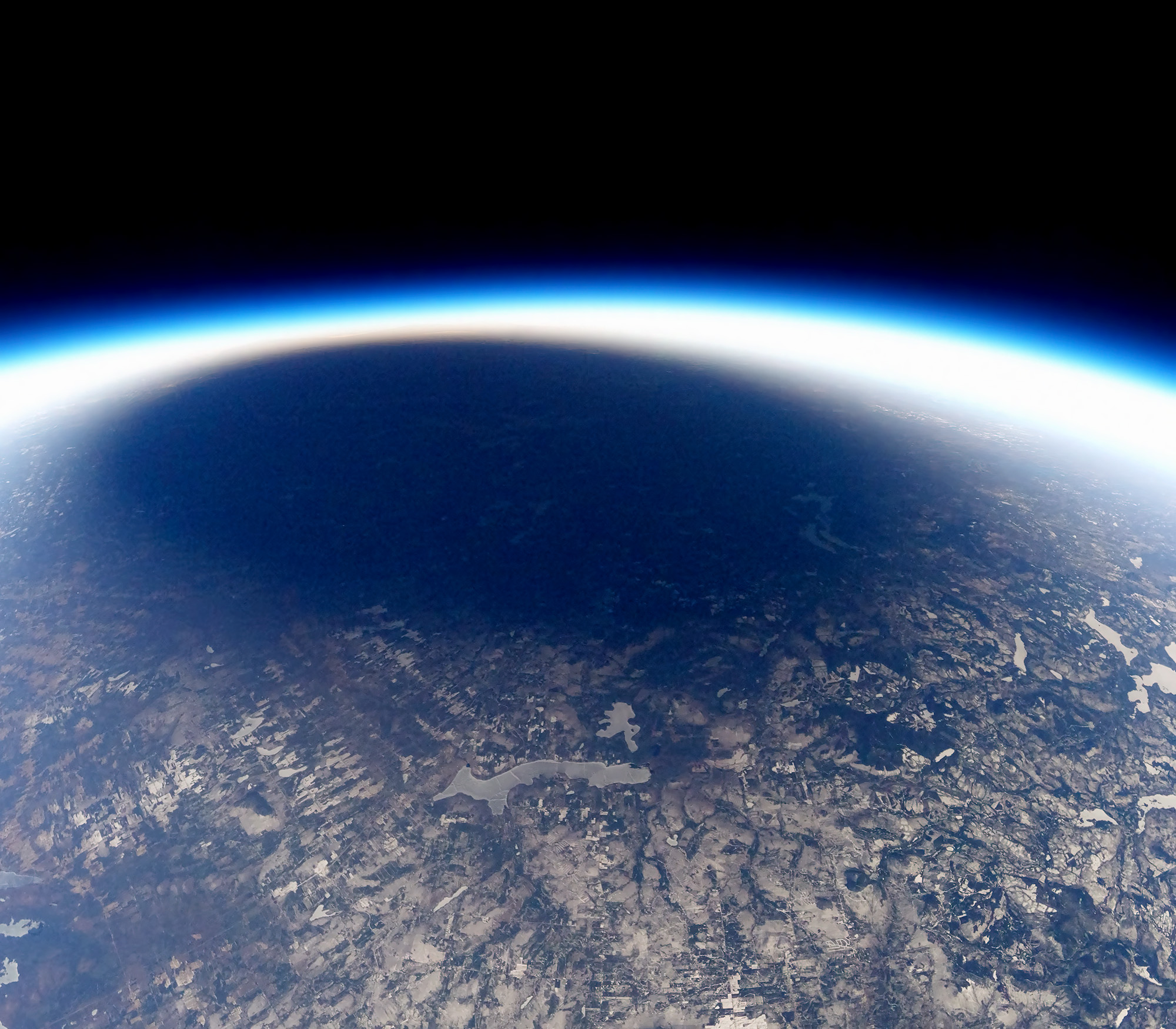
The mission was a success, not only on a technical level but also on a human level. Two and a half months of human adventure ended when Dorothy gently landed in the mountains of Maine in the United States. It flew over the Mégantic region in Quebec (Canada) for 2 hours 20 minutes, reaching a height of more than 34,000 m, and brought us exceptional images.
What is the future of Project Dorothy?
We are already preparing our next mission called "Mission Aurora".
.jpg)
The challenge is to capture images of the Northern Lights from the stratosphere. This is a very complicated mission due to the unpredictable nature of the Northern Lights and their low luminosity. We are currently partnering with an aurora specialist and plan to launch Dorothy from Yellowknife, a city in Canada located just 512 km south of the Arctic Circle and known for having optimal conditions for aurora viewing.
A final word.
To turn Project Dorothy into a reality, we are seeking partnerships from all around the world. We invite financial and brand sponsors to join us. We are also seeking collaborations with cinema and TV productions to help us document and share our journey.
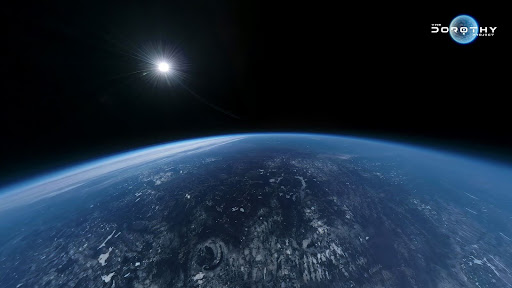
Together, we can inspire ecological awareness and push the boundaries of art and science in the stratosphere. Let's embark on this extraordinary journey together.
A huge shout out to the Dorothy Project for speaking with us and using Insta360 for their incredible work. Interested in learning more about the Dorothy Project? Check them out on Instagram, Facebook, YouTube, or visit their official website to know how you can support their project.
Insta360 in space? It wouldn't be the first time. Check out our work with the Karman Space Programme and the story of how we launched Insta360 X2 into space on our own satellite.
Keen to keep up to date on Insta360 stories? Keep an eye on our blog and sign up for our mailing list.

